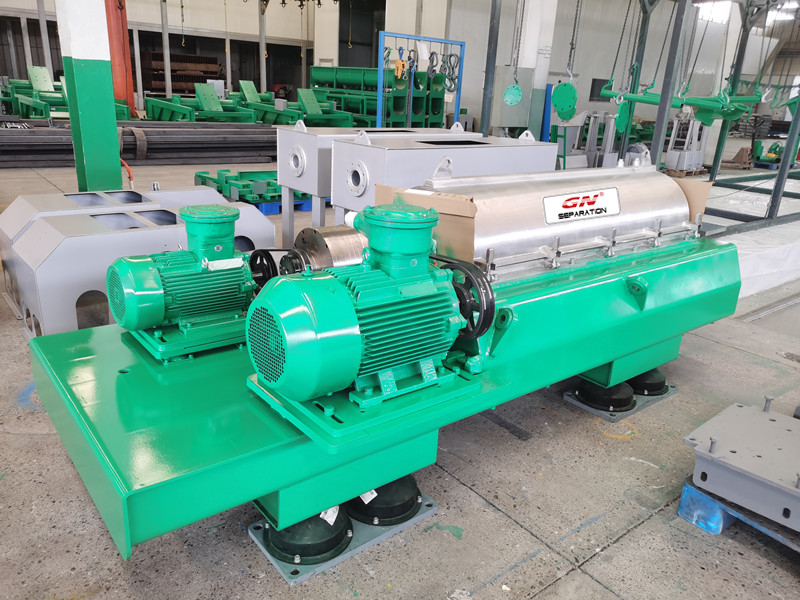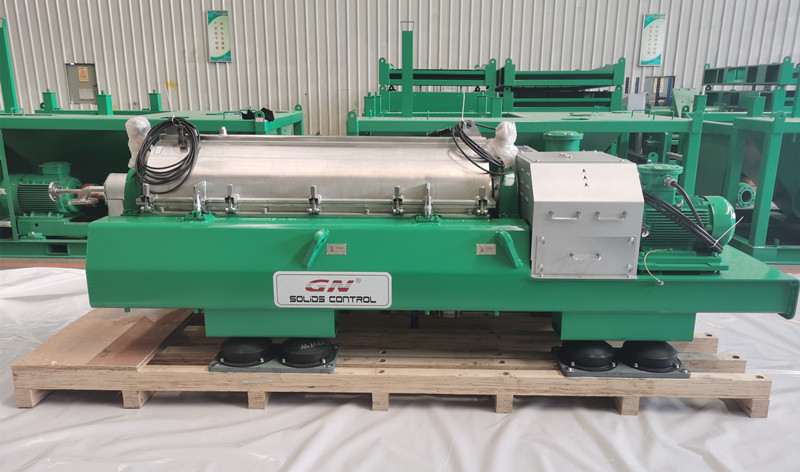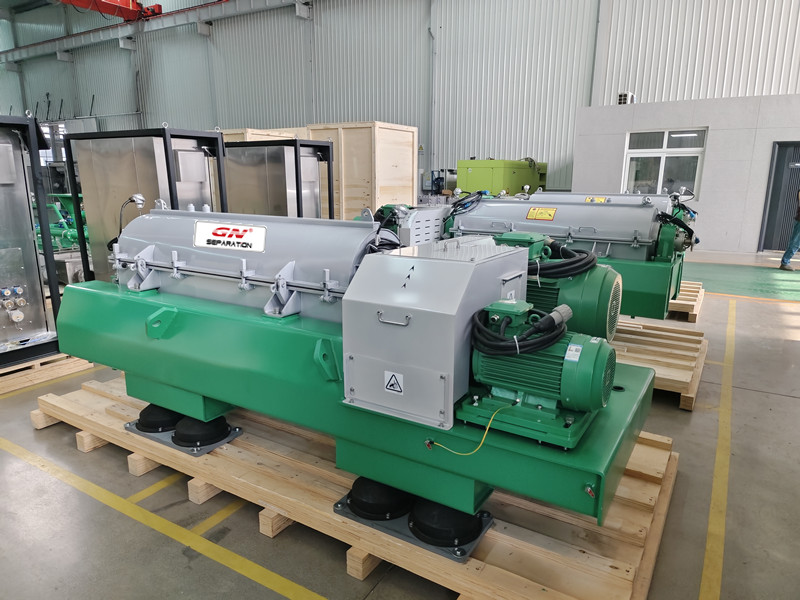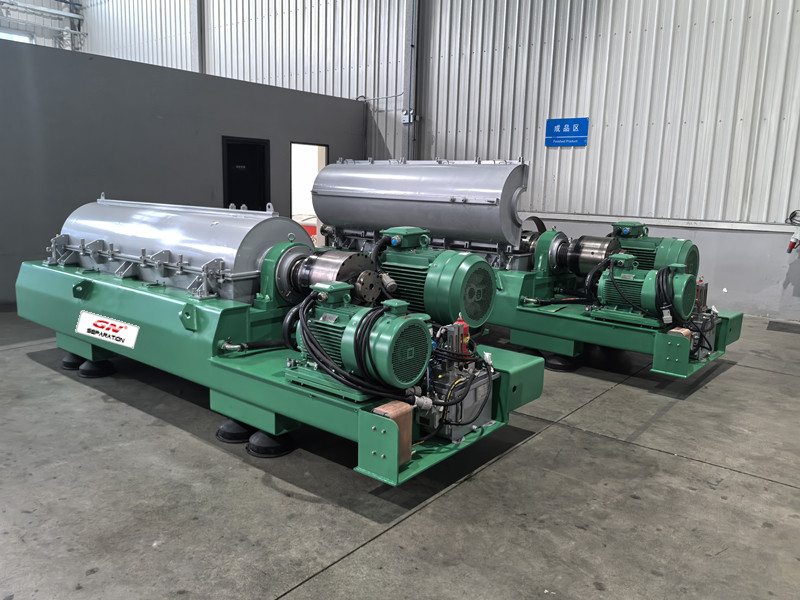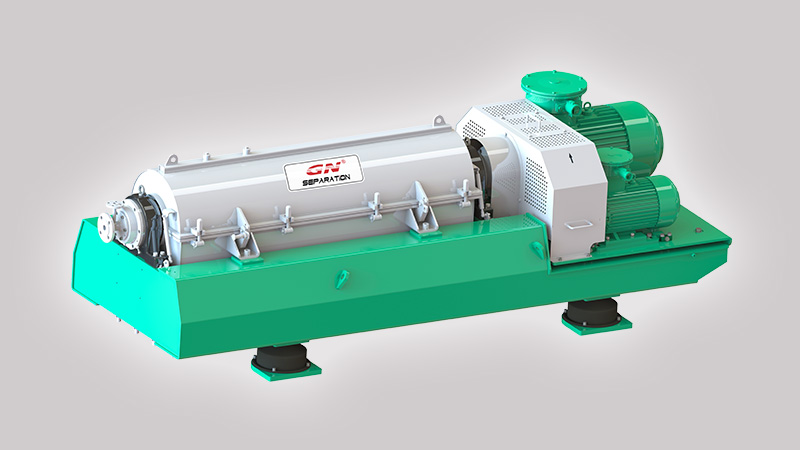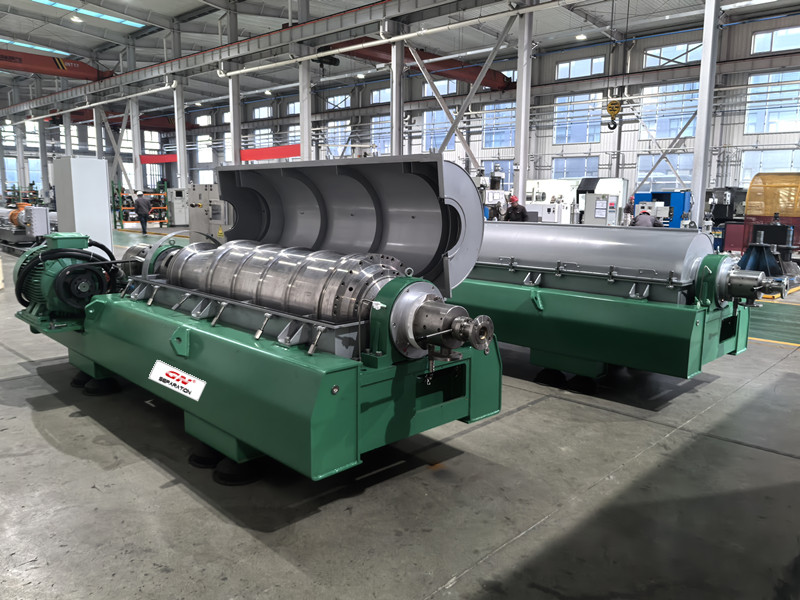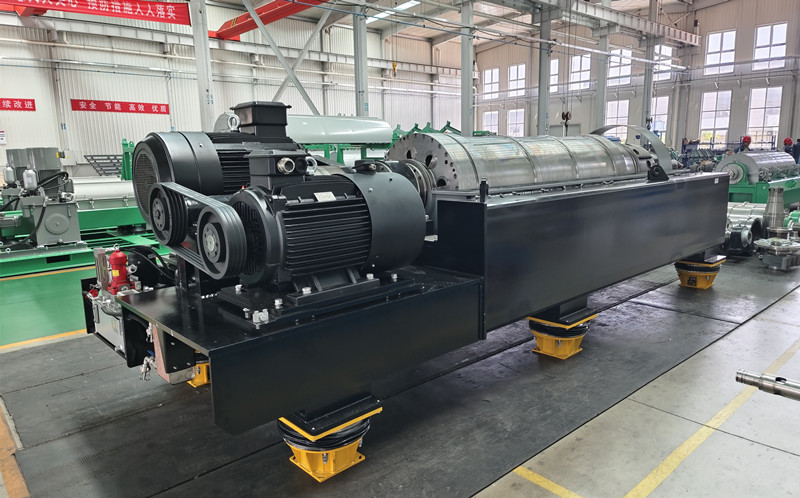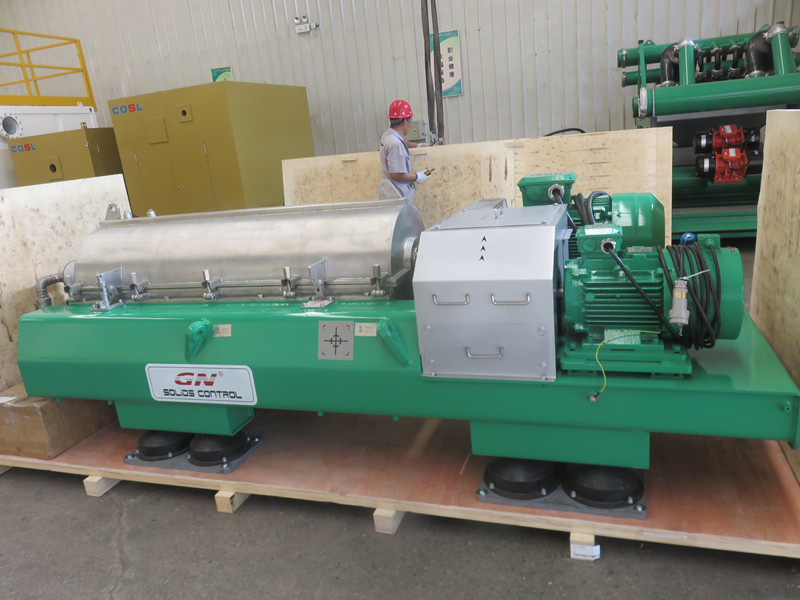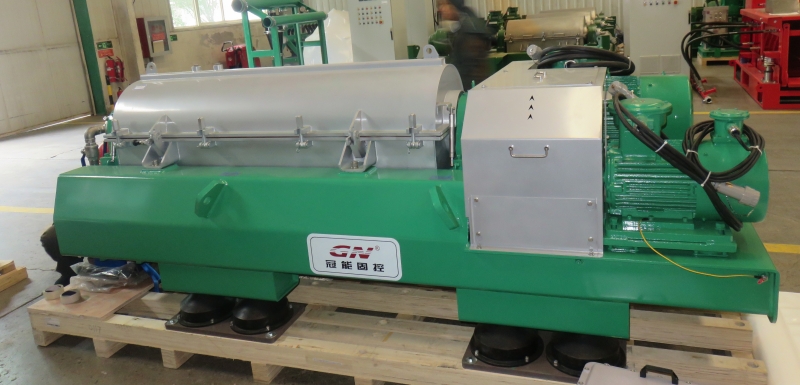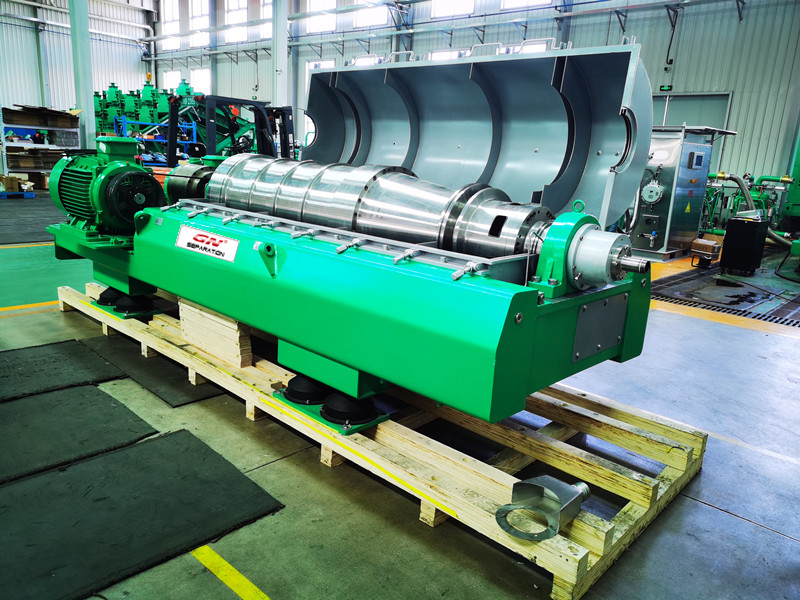A New Milestone for GN Separation
GN Separation has successfully delivered three decanter centrifuges to a leading environmental company in Europe. The shipment includes two GNLW364 models and one GNLW454 model, all of which are designed to meet the complex demands of municipal wastewater treatment. This delivery marks a major milestone for GN Separation, representing a growing recognition of Chinese engineering capabilities in one of the most regulated regions of the world.
Flexible Design Meets Urban Treatment Needs
The delivered centrifuges are not only efficient in operation but also uniquely designed for flexible deployment. They are compact enough to be integrated into containerized units, enabling the development of mobile sludge dewatering systems. These containerized systems are ideal for small and mid-sized wastewater treatment plants that require mobility, limited footprint, and easy relocation. This adaptability makes the GN decanter centrifuges a strong fit for municipalities and contractors seeking plug-and-play solutions with minimal civil works.
Proven Environmental and Operational Benefits
GN centrifuges provide multiple benefits for the wastewater sector. They are engineered to efficiently separate solids from liquids, significantly reducing sludge volume. By recovering reusable process water, they contribute to more sustainable water management. In addition, the equipment supports lower operational costs through reduced energy consumption and maintenance needs. This helps operators meet strict environmental targets while optimizing cost-efficiency.
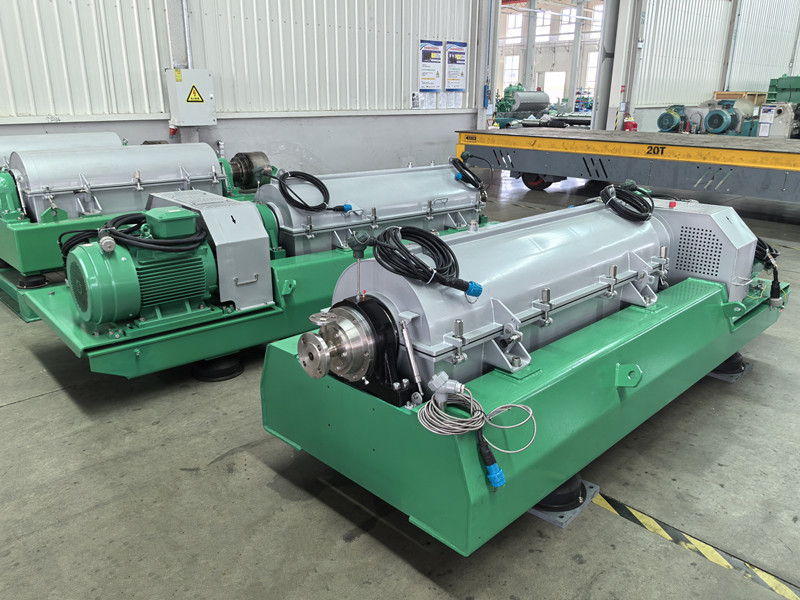
Global Trust in Chinese Equipment
This project demonstrates the growing acceptance of Chinese-made equipment in mature and regulated markets. European industries are known for their high standards in performance, environmental compliance, and equipment reliability. The fact that GN centrifuges were selected for municipal wastewater treatment in Europe proves that Chinese industrial technology is now trusted beyond developing markets. It is capable of competing with global brands in quality, innovation, and service.
GN Separation continues to expand its footprint globally, providing effective, reliable, and sustainable separation solutions to industries ranging from oil and gas to environmental protection. This successful delivery reinforces the company’s mission to become a respected global brand in the field of industrial separation technology.
